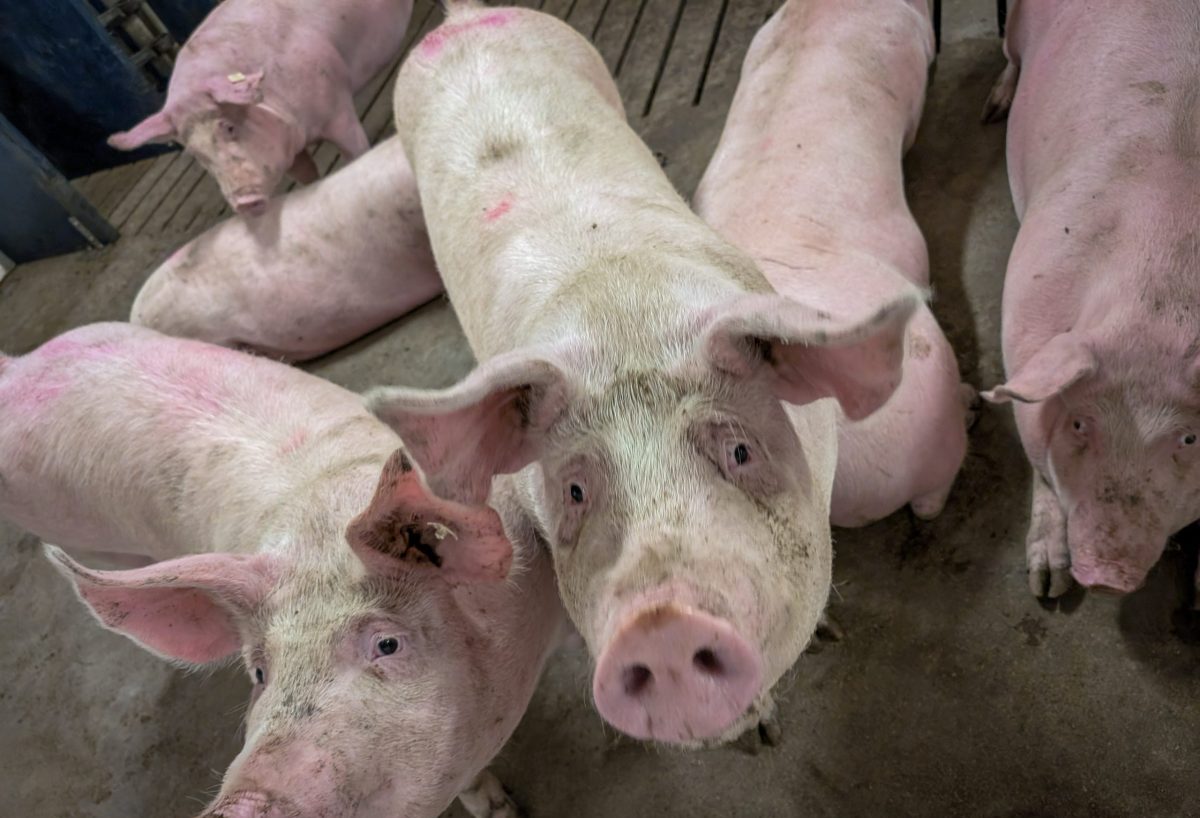Chicago | Reuters — U.S. wheat futures fell on Wednesday on technical selling and spillover weakness from European wheat markets amid thin export demand, while corn and soybeans stabilized after setting multi-year lows a day earlier.
Chicago Board of Trade (CBOT) March wheat WH24 settled down 10-1/4 cents at $5.95-1/4 per bushel but stayed inside the previous day’s trading range.
CBOT March corn CH24 closed up 1/2 cent at $4.48-1/4 a bushel and March soybeans SH24 finished up 3-1/2 cents at $12.22-1/4 a bushel.
Read Also

U.S. livestock: CME cattle futures lower after sideways trade
Chicago | Reuters – Chicago Mercantile Exchange live and feeder cattle futures inched lower on positioning on Tuesday as thin…
For the month of January, CBOT corn Cv1 fell 4.9 per cent and soybeans Sv1 fell 5.8%, reflecting improved crop prospects in South America. CBOT wheat Wv1 ended the month down 5.2 per cent, pressured by weak export demand and improved moisture in the U.S. Plains.
Grain traders were cautious on Wednesday amid an absence of market-moving ag news and ahead of the Federal Reserve’s first monetary policy decision of the year. Wall Street equities fell sharply after the Fed left interest rates unchanged as expected, but gave no hint that a rate cut was imminent.
“Fresh news is largely lacking today, leaving traders to focus on their risk exposure. For now, that means general weakness, although we’ve seen some markets drift higher,” StoneX chief commodities economist Arlan Suderman said in a client note.
CBOT wheat fell as Euronext wheat futures hit contract lows, pressured by sluggish export demand and stiff competition from Russian supplies. Looking ahead, Russia will increase the area for the 2024 harvest by 300,000 hectares to 84.5 million hectares, the country’s agriculture minister said.
Crude oil sagged after data showed China’s manufacturing activity contracted for a fourth straight month in January, raising concerns about the health of the world’s No. 2 economy and top global soy buyer.
Uncertainty over Chinese imports has added to price pressure from favourable harvest prospects in South America, which competes with the United States in export markets.
Rabobank said “yield-boosting South American rainfall (for corn and soy), Chinese demand headwinds and a good production outlook for U.S. and Russian wheat” were weighing on prices.
–Additional reporting by Gus Trompiz in Paris and Peter Hobson in Canberra.















